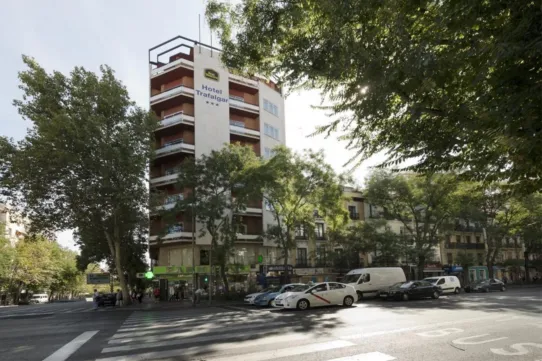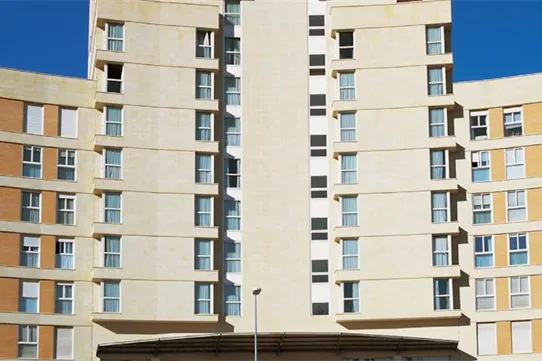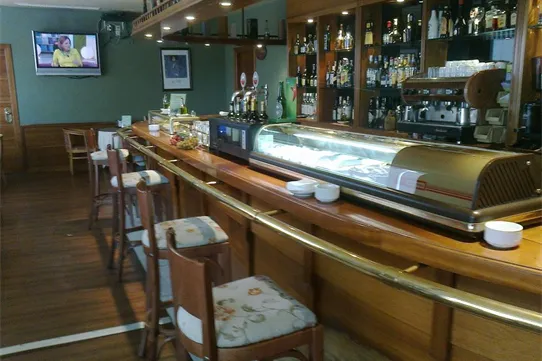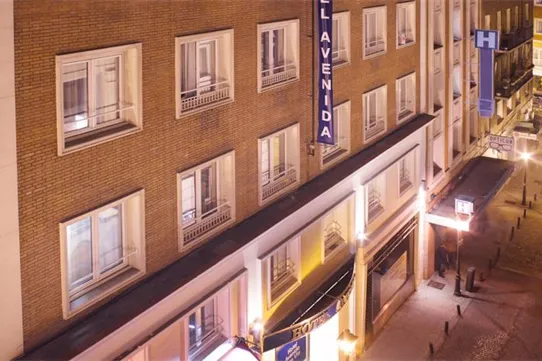Madrid city breaks
Madrid is a modern capital city that dances to its own rhythm, often until the sun comes up. If you’re looking for people-watching opportunities, find them at one of many scenic pavement cafes. Along the Paseo del Arte, discover more collections of fine and modern art than you can squeeze into one visit. Wander stylish shopping streets, and visit the home ground of one of Europe’s most famous football teams.
There are lots of fantastic things to do in Madrid. Visit one of Europe's most famous football grounds, spend an afternoon among beautiful nature in one of the hidden gardens and explore the beautiful designed buildings, iconic artwork and spectacular churches. You're bound to find something interesting to see and do in this vibrant city.
Travel guide
Weather & Climate
MADRID IS BEST FOR…
Fast facts:
Getting around
Events
Places to go
For a more unusual way to see the Madrid attractions, hop on a Segway and tour the city checking out all the sights as well as the Puerta del Sol and the Plaza Mayor. Or why not take them to the Planetarium on Avenida del Planetario, where there are plenty of interactive exhibits for all ages? On sunny days, hire a rowing boat at the lake in El Retiro Park, or pack a family picnic to make the most of Madrid’s scorching summers. There’s so much cultural history to enjoy in Madrid, and a walk around the museum district will give you a real feel for the city.Things to do in Madrid
El Retiro Park
With its lakes, monuments and beautiful gardens, El Retiro Park is one of Madrid’s true natural gems. If you need to escape the hustle and bustle …Santiago Bernabeu
Football fans will enjoy a guided tour around the iconic home stadium of Real Madrid. Construction first began in 1945 and was officially …San Ginés Chocolaterie
First opened in 1894, the San Ginés Chocolaterie has become a true institution, so make sure you visit to find out why their traditional churros …Royal Palace Of Madrid
Pay a visit to the magnificent Royal Palace of Madrid, which is arguably one of the city’s most iconic monuments. See the largest palace in …El Rastro Flea Market
With its lakes, monuments and beautiful gardens, El Retiro Park is one of Madrid’s true natural gems. If you need to escape the hustle and bustle …Museo del Prado
At Madrid’s Museo del Prado, you’ll see artwork collected by Spanish kings between the 16th and 17th century, including work by Spanish, Italian …Madrid travel money
The currency in Madrid is the Euro. You’ll find plenty of banks and exchange offices in Madrid but a lot of travellers like to exchange their Sterling before they go. If you’re on a city break it’s good to be able to get on with enjoying the galleries of El Prado, checking out the shops in Barrio de Salamanca, or heading to the home of European football at Real Madrid without having to worry about finding somewhere to change your money or falling foul of high airport exchange fees.If you prefer to limit the amount of cash you carry, then you’ll find ATMs are plentiful. Ask your bank what they charge for spending money abroad and if you’re not happy with the fees, which can be quite high, you might find a pre-paid travel money card is a useful alternative. You can load it up before you travel, then top up as you need to. There’s no charge for purchases, and withdrawing your currency in Madrid is a flat cost, so you know exactly where you are. Cards are accepted in most major shops, bars and restaurants, making it an easy way to organise your spending.
Featured accommodation





